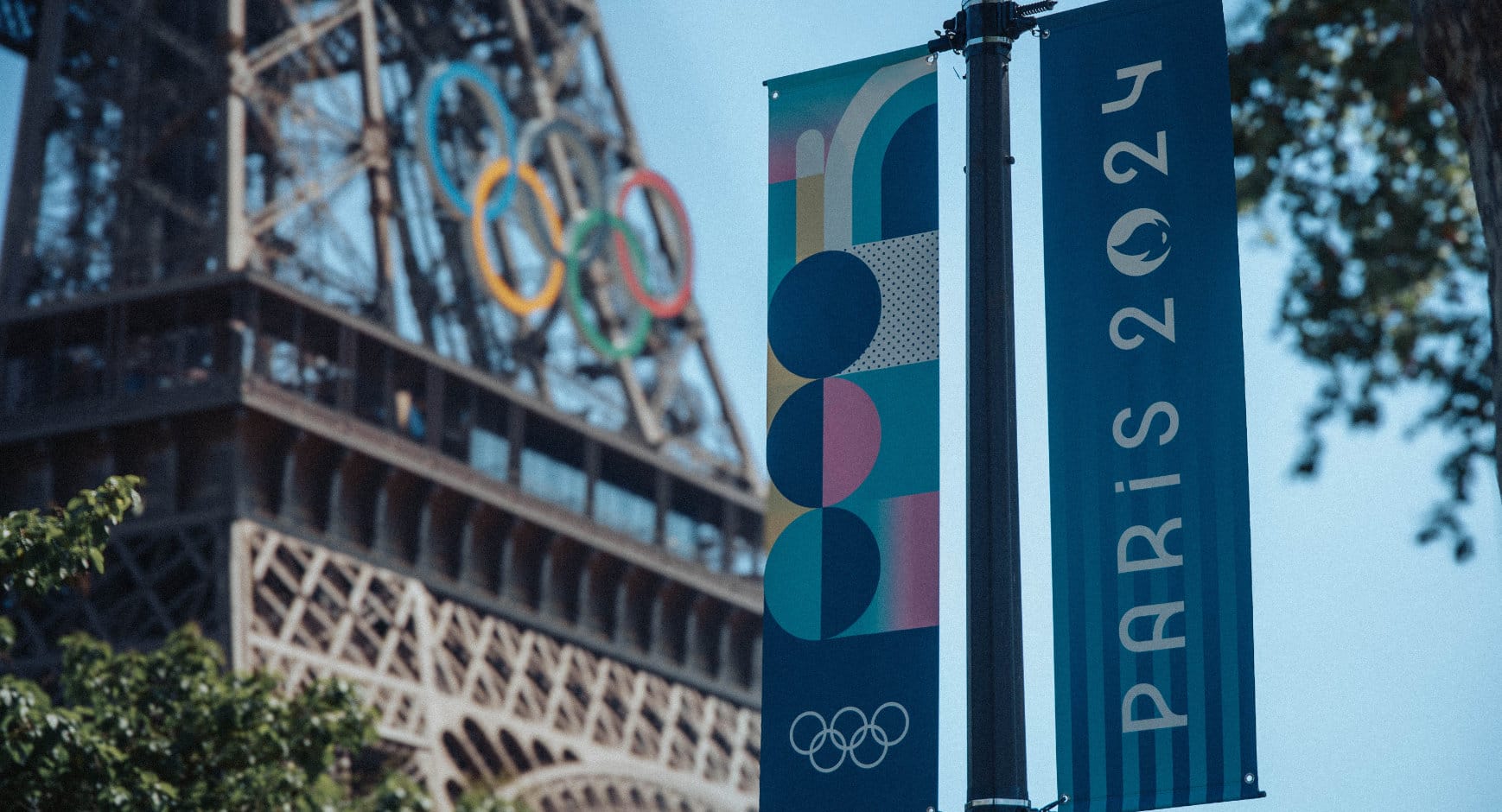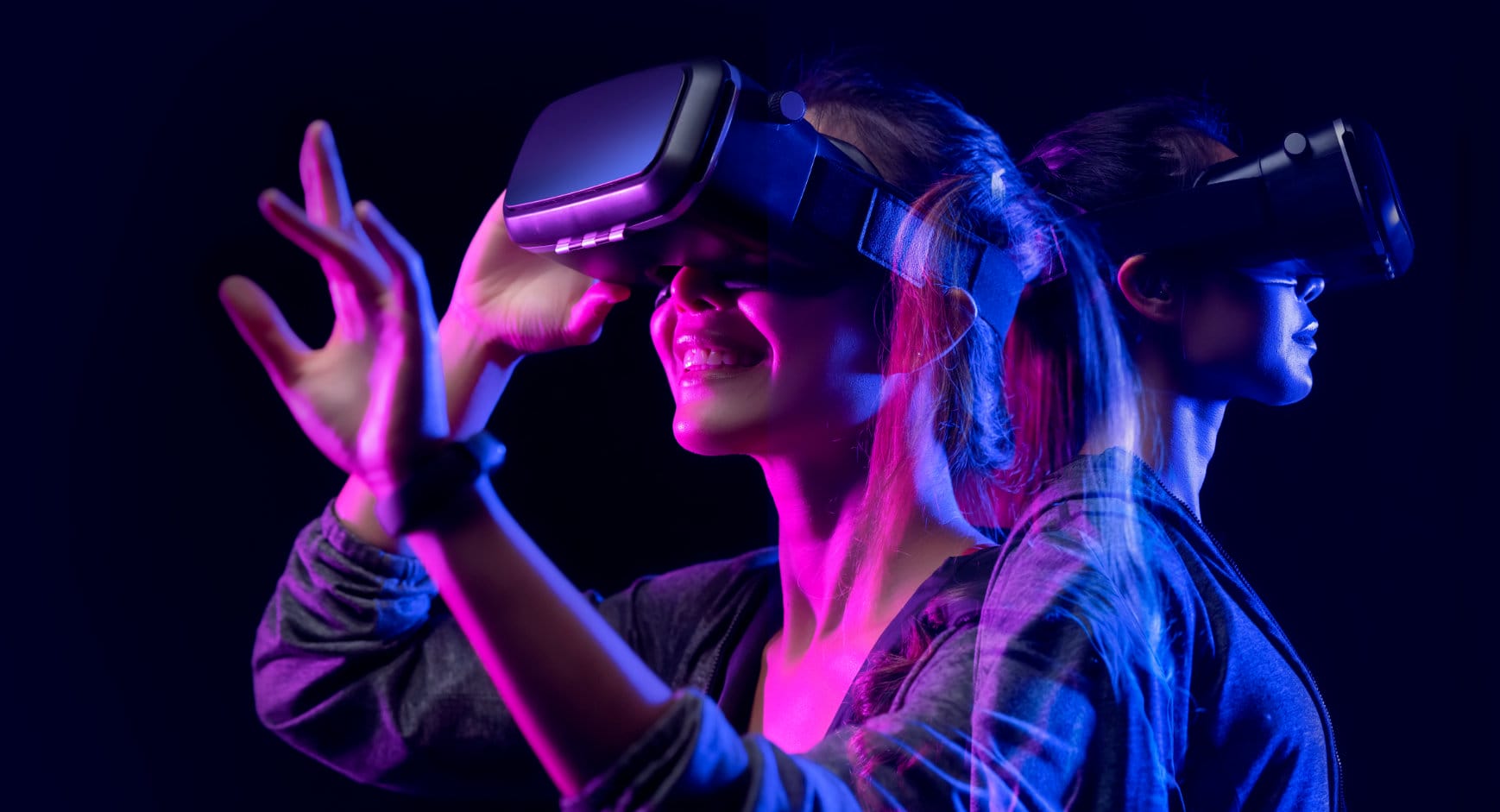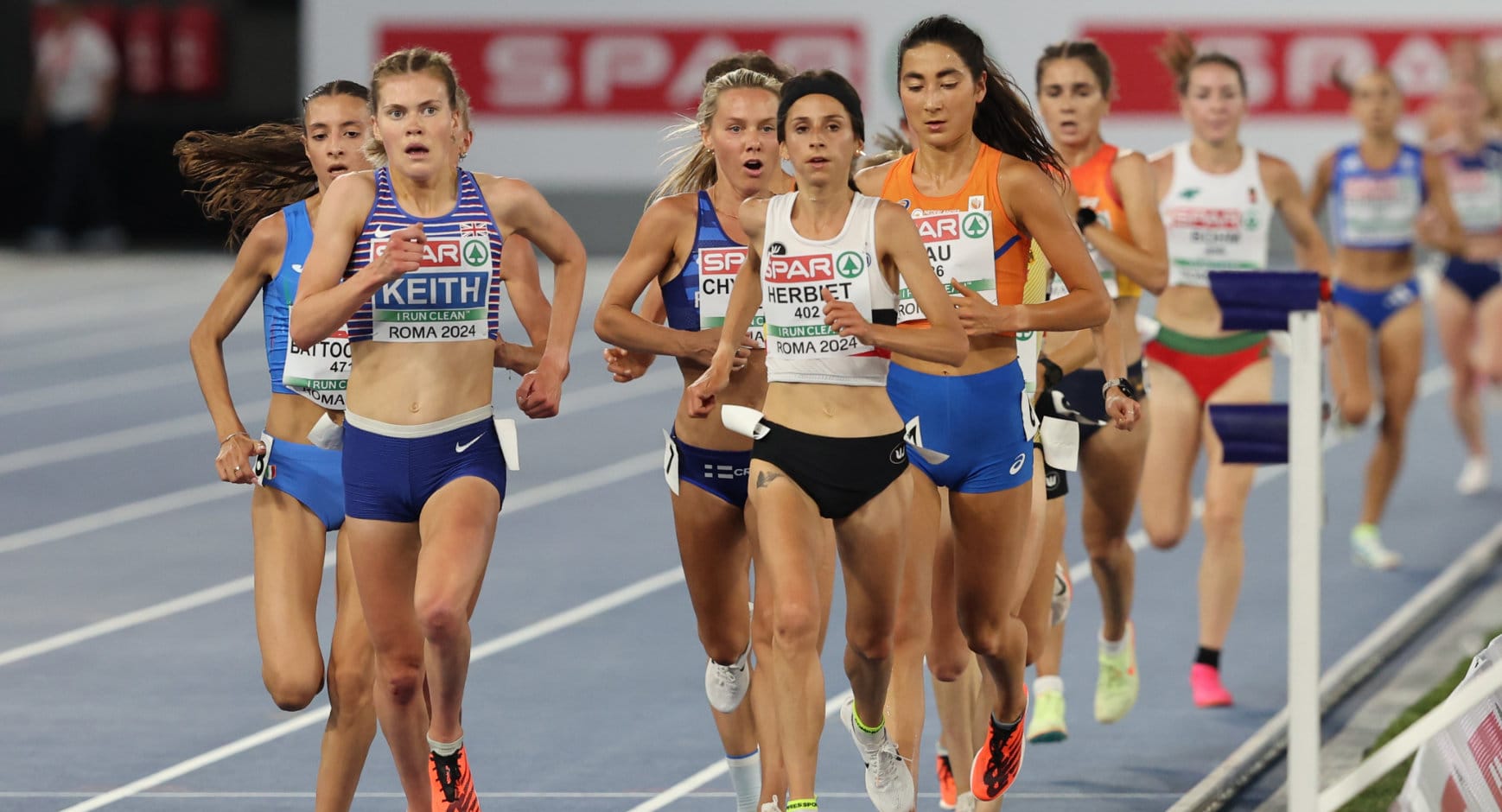JTA is a leading international communications consultancy specializing in sports, politics, and major event bids, helping cities, regions, and countries position themselves for success on the world stage. Known for its strategic expertise in bid management, public relations, and brand positioning, JTA is instrumental in driving the narratives that elevate its clients’ profiles and secure their place in the global sports arena. By blending rigorous strategic planning with creative storytelling, JTA crafts compelling, cohesive campaigns that resonate with audiences across diverse media platforms.
In recent years, JTA has expanded its expertise to include digital and social media, allowing clients to reach younger, tech- savvy audiences and amplify their impact. With a track record of securing major wins for clients bidding for iconic events like the Olympic Games and World Cups, JTA is adept at navigating the complex interplay of sports, business, and politics. The firm’s success lies in its deep-rooted relationships with industry stakeholders, including sports governing bodies, athletes, and political figures. JTA’s holistic approach and dedication to excellence make it a trusted partner for organizations aiming to enhance their legacy through sport and realize transformative international ambitions.




